|
I love to use glyphs for teaching about data. Kids love to create them and they don't realize how full of information they are until we begin to analyze them. They think they are just drawing or creating pictures. I was introduced to glyphs about 15 years ago when I went to math workshop. I was amazed at how these simple drawings contained so much data. I knew that I had to use them in my classroom. When I began to use glyphs, I didn't know about clipart. We drew pictures to represent the data. Then we posted the pictures on the board and began to look at the data. One of my favorite glyphs was the pumpkin glyph. Here is the information needed to create one version. Note that the classification matches the template. The pictures can be used to answer the classification questions as well as counting and comparison questions. I was so excited about using glyphs, that I bought some books with prepared templates. I still did some that we drew ourselves, but not as often. The templates required some drawing, but kids felt more confident using them because the main shapes looked more uniform. One of my favorite glyphs, in one of the books, was the baby block. I used it many times when doing student-led conferences. It was a way for parents and children to share information together about when the children were babies. It was also a great way to introduce the parents to the power of a glyph for collecting data. Now, there are so many different templates that can be used and added to when creating glyphs. Here are some that I made. The beauty of using glyphs is you can make the activities as simple or complex as you want. You can create pictures and do basic sharing with them, or you can do in-depth analysis and create graphs to go along with the results.
I highly recommend giving them a try.
0 Comments
Early in my teaching career, I realized the importance of small reading groups. I didn't really like having to follow the anthologies that were current at the time, because I found that they were varied in difficulty levels and that they created challenges for some children. In the late nineties, we were introduced to leveled books and guided reading that made more sense. Since that time, I have fed my book addiction in the pursuit of finding materials that would engage my students and help them to love books and do more than just read the words on the pages. (I left several boxes of book sets at the school when I retired. I was a huge fan of the book bundles from Scholastic and garage sales.) One of the challenges of doing guided reading, is being able to manage all the different reading levels in a classroom. I used to get parent volunteers and train them to work with my groups. I would give them the groups that were more capable and I would prepare the materials and structure the lessons for them. I would also have independent reading groups. I would work with the students that required more help. I would also have different center activities available for groups that I couldn't get to right away. There were so many different language activities available, it wasn't difficult to find ones to fit the various groups and abilities of my students. I created a rotation of activities so that I could keep track of which groups had done which activities. In recent years, I have not always been able to use parent volunteers, so I needed to come up with ways to manage up to 7 different reading groups during a day. It was a juggling act, but because I had been doing rotations and centers for so long, I was familiar with how to structure the groups and knew what kinds of materials and activities I would need to make it happen. I became pretty adept at creating centers and language activities that would engage the groups while I was working with others. I also started to add more and more language components to my guided reading lessons. The benefit of this was, the students got the lessons as they needed them and they were ready for them. Let's face it, not all kids are ready for the same concepts at the same time, so why teach them to the whole class at once! Of course, there are some things that can be taught to everyone at the same time, and perhaps should be, but most times, concepts aren't fully understood if the children aren't ready for them yet. I retired in June 2015, but I still volunteer at my last school. I have 6 different reading groups that I work with. Some groups are just learning to read, and others are advanced groups that are doing novel studies. One of the things I enjoy about working with these groups, is being able to select my own materials and plan language activities for them. I don't just help the children decode the material and then do minimal work with the book, I help them to dig deeper into the meaning or use the book to teach language usage as well. For example, I have a couple of groups of beginning readers working with speech bubbles and quotation marks. Normally, these ideas would not be introduced until much later, but the children are very excited about doing the activities and they are starting to notice the quotation marks in other books. I enjoy creating guided reading study materials for chapter books. Kids love it when they finally get to the books with chapters. However, they often don't read very deeply and miss much of the rich detail and information that is in the book. Creating activities that make them stop and think and find evidence in the story allows for a better understanding of what the author is sharing. Here are some guided reading studies for some of my students' favorite books and series. They are some of the books that I used with my groups last year and this fall. As the year goes on, I am sure that I will be creating more as I prepare for future groups and needs. I know that many teachers teach guided reading, and everyone has their own techniques for making it work. These are just some thoughts from my experiences. I have met many teachers who are masters of reading and they have shared many experiences and resources throughout the years. There are many others that I have met on the internet, that I have collaborated with. I am in awe of what they are doing in classrooms today. Children are lucky to have them as their teachers.
I would love to hear more about what you do for guided reading in your classrooms.
Christmas is an special time for both children and adults. You can't help but feel the excitement in the air as December approaches. Christmas lights blink everywhere, Christmas music plays in the stores and on the radio, and the Christmas movies start to show up on the television.
There are so many opportunities to use this excitement and the feelings associated with Christmas in your classroom writing. For years I did Christmas writing with the senses. When I retired last year, I still had the chance to introduce this idea one more time when I was helping out in another teacher's classroom.
Here is my blog post about what we did.
When I wrote about the writing we did, I mentioned a special gift that we were creating, but I couldn't say anything more because a parent might see the post and it would spoil the surprise.
Here is more information about what we did and how it was special.
The teacher I was working with began by showing some different Christmas scenes. Each scene was going to be the topic of the verse that would be written.
We first generated ideas using my juicy details templates. We had used them for some other activities earlier in the year, so the children were familiar with them. We began as a group and then they went to their desks and selected the words that they wanted for their poems.
I have always found that using a framework for writing helps some of the struggling writers get started. Stronger, more confident writers develop more descriptive pieces of work and use it as a springboard for future work.
Using fancy paper for the final product is a great motivator for kids. I also find that they are more willing to do the writing and add to their work if they know that it is going to be typed up afterwards. (Those that have difficulty writing often write less if they know they have to do a re-write for publishing.)
Several times in the past, I used this idea of writing about Christmas using the senses as part of a bigger idea. Parents love to receive special gifts from their children that have been made by them. The poem was all written on one page and then put onto special paper. It was then placed on the back of the "stained glass" picture. This way, it could be shared each year as the kids grow. What better way to display it than to make it part of the Christmas decorations!
Instead of making a single page poem, this time, we made a special Christmas booklet with each verse on a separate page. A special note was written for each parent to add to the back of the "stained glass" picture instead of the poem. The booklet went along with the picture.
If you would like to make your own special "stained glass" decoration and poem keepsake, check out how we did it here.
As Christmas time quickly approaches, the children get more and more excited. It is hard for them to sometimes realize the passage of time until Christmas arrives. Here is a countdown poster that can be used to help them visualize when Christmas Eve will come. Click here or on the image to get your free copy. Cross off the ornament that matches each day in December as it arrives. This can be used as a math activity as well by counting how many days have passed or how many days are left until Christmas. Here is a booklet that can be created as a class booklet or individual student booklets. It is based on the song the 12 Days of Christmas. It is a great way to be creative about gifts to share or activities to do for 12 days at Christmas time. I would love to see pictures of your booklets if you decide to do this activity. If you have any other suggestions for ways to use it, please let me know in the comments. Happy creating.
It is hard to believe that it has been almost 100 years since World War 1 ended and 71 years since World War 2 ended. That means that most of us who are alive now never knew what it was like to live during war time. Most of our veterans have left us now and we only have stories and their memories to remind us of all that was sacrificed in order for us to have our freedom today.
It is very important that we share those stories and memories with our students so that we never take for granted what we have been given. With all the glorified movies and video games presented to us, we don't really understand the pain and anguish that was caused for families and the nightmares that our veterans had to endure.
When we think of Remembrance Day and Veterans Day, we should think about what we have gained from their sacrifices. We need to teach our children about the meaning of Peace. Not only do we need to talk about it, we need to model it. Many children live in situations that are not necessarily peaceful. School should be a safe place for them where they can feel at peace.
Many families have relatives or friends who are in the service now, or who served in some of the more recent wars and battles around the world. We need to think about them too. They are fighting battles that aren't even their own to give others freedom and a safe place to live.
I am retired now, but while I was teaching, I spent a lot of time on this subject because I felt it was more that just a one day thing that we recognized every year. Here is a blog post from last year that shares some of the things we did in the past years. It also includes some special video clips that I would play for the kids.
I had the opportunity to work with another teacher 's class last year and share this special topic with them. Here is the recap of that time.
Thank you for taking the time to reflect on this important moment in time.
Here are some other posts that might be of interest from some my teacher friends. |
About Me Charlene Sequeira
I am a wife, mother of 4, grandmother of 9, and a retired primary and music teacher. I love working with kids and continue to volunteer at school and teach ukulele. Categories
All
|
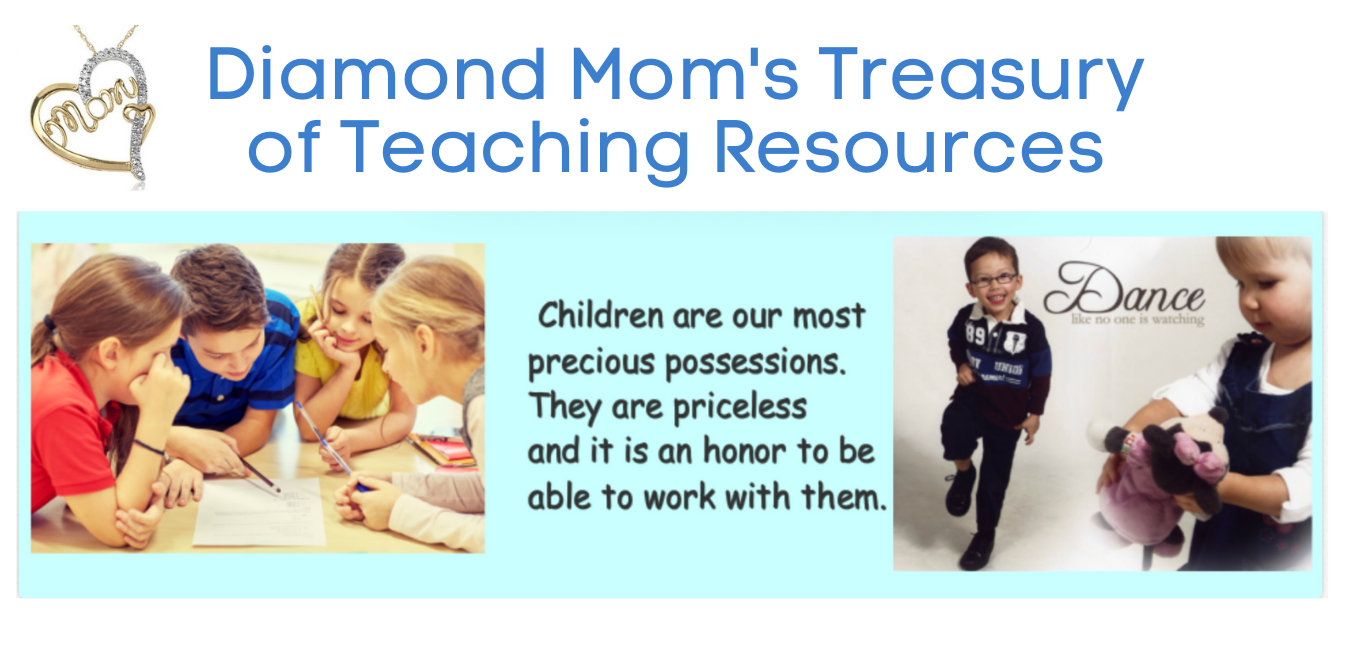
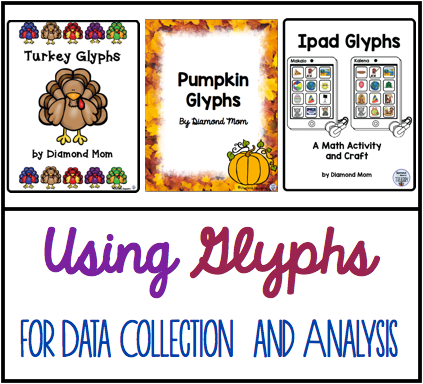
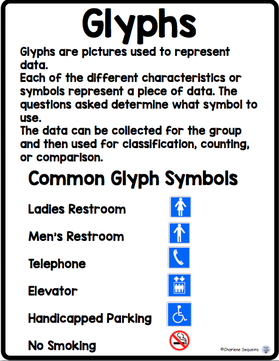
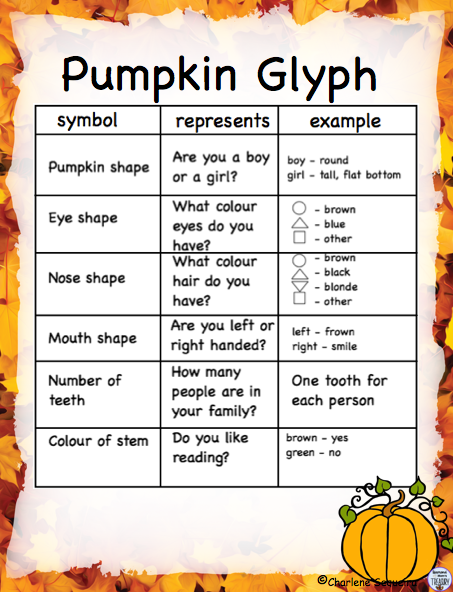
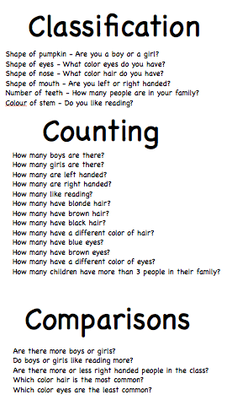
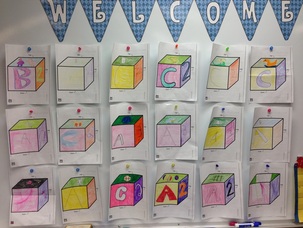
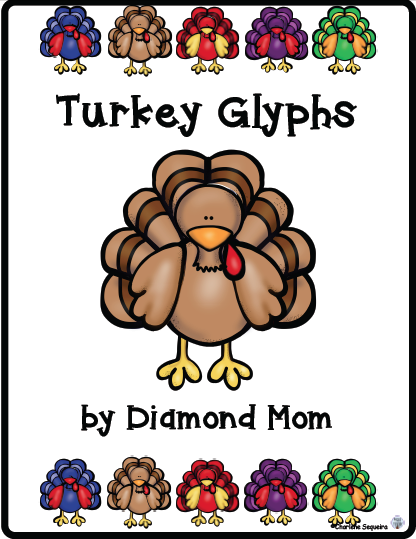
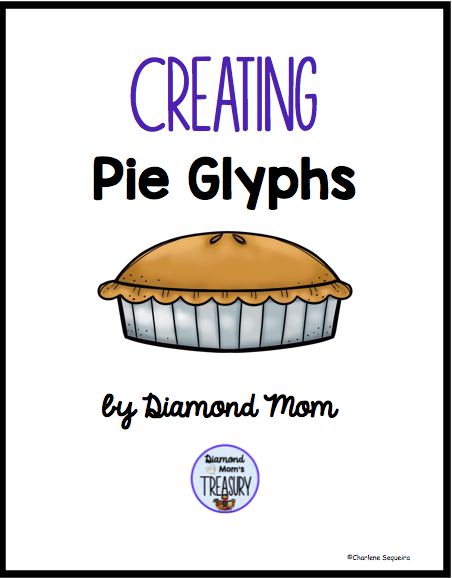
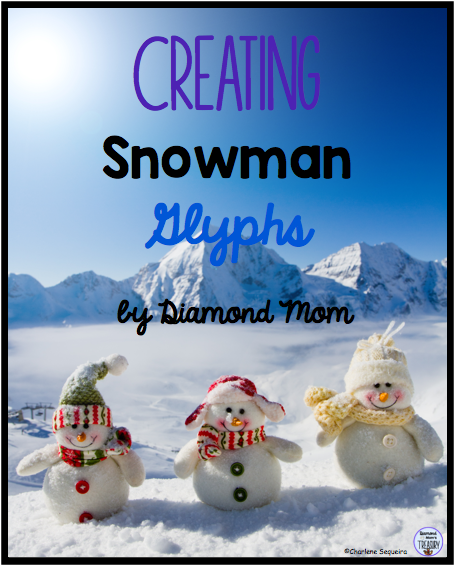
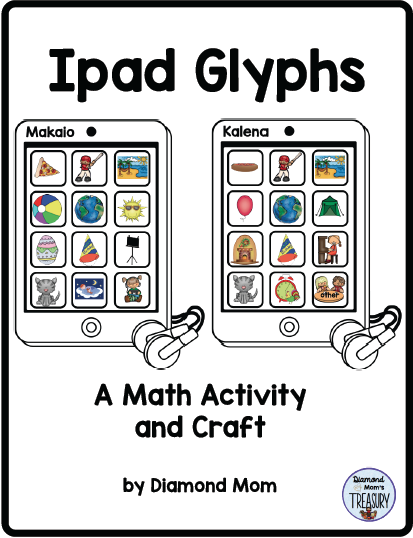
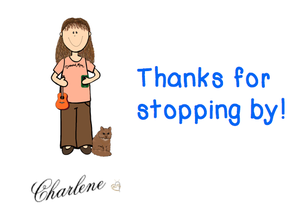
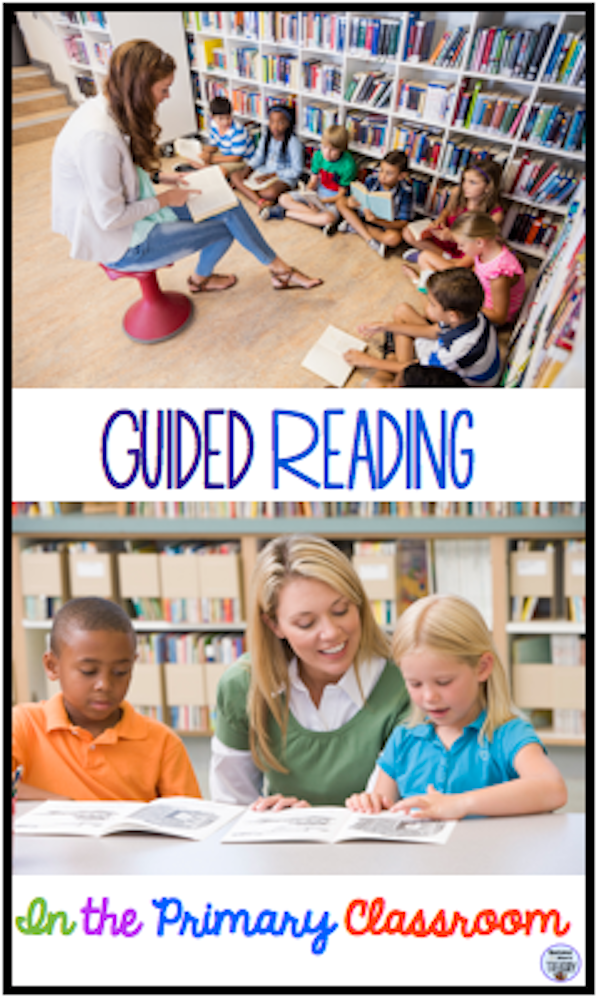
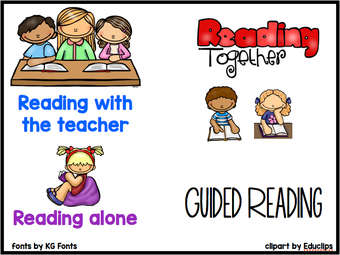
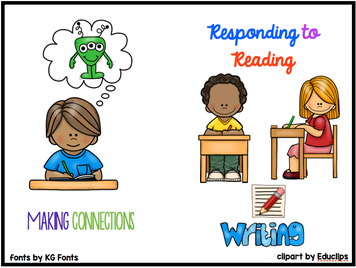
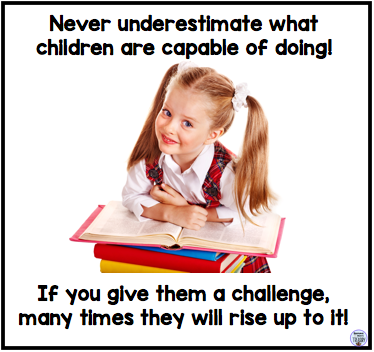
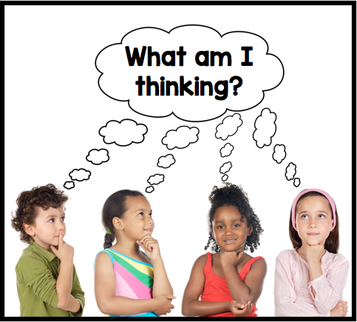
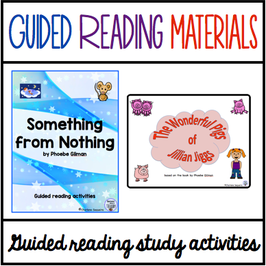
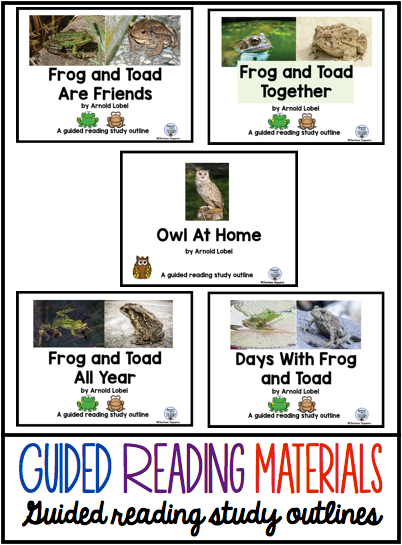
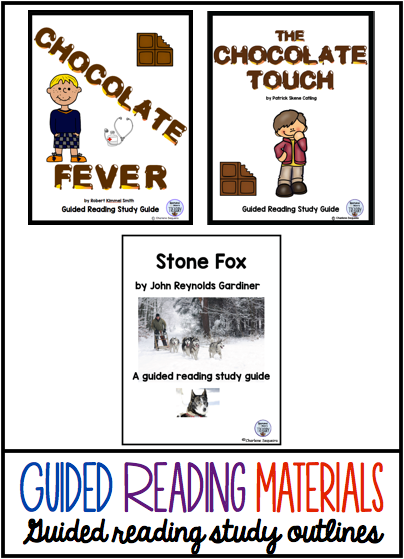
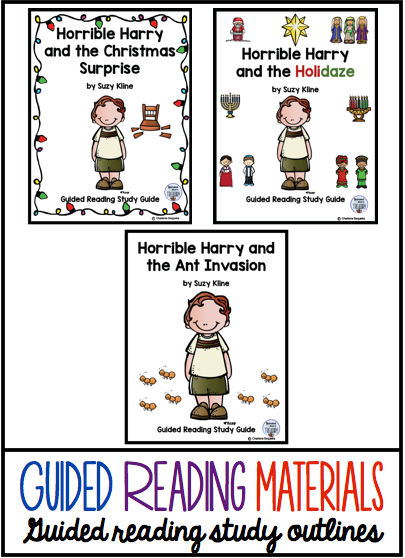
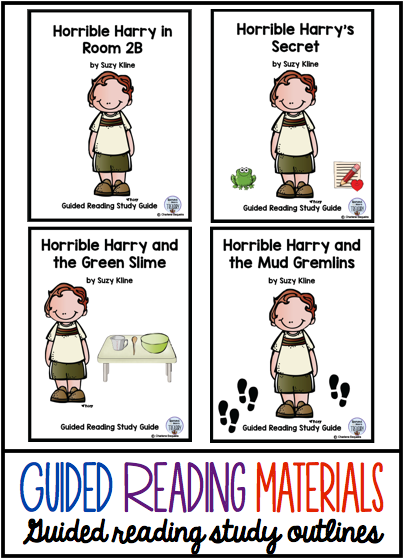
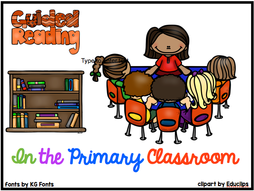
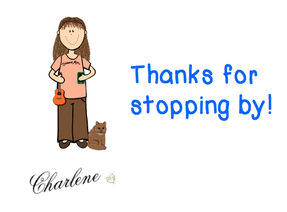
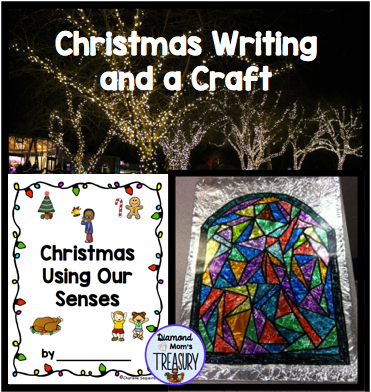
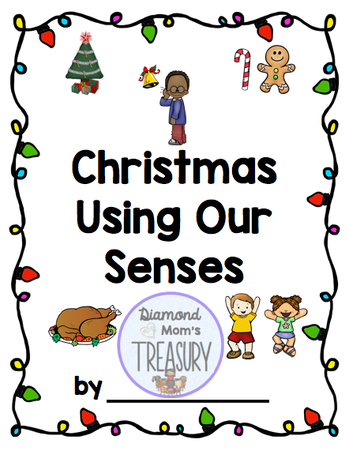
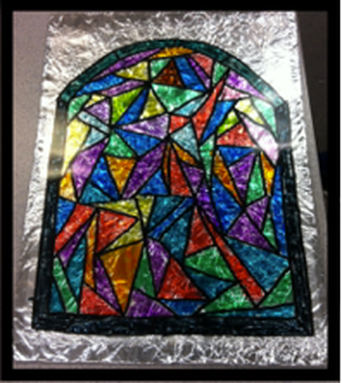
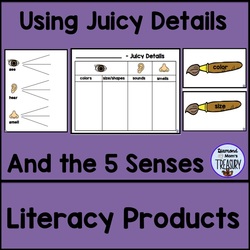
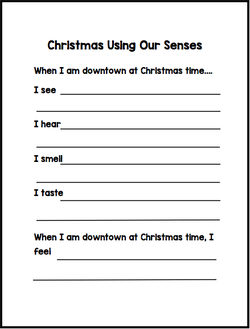
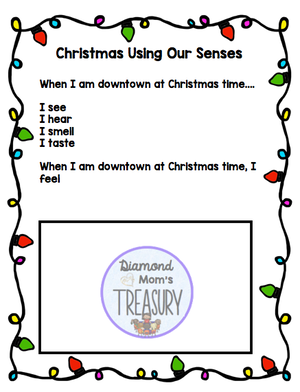
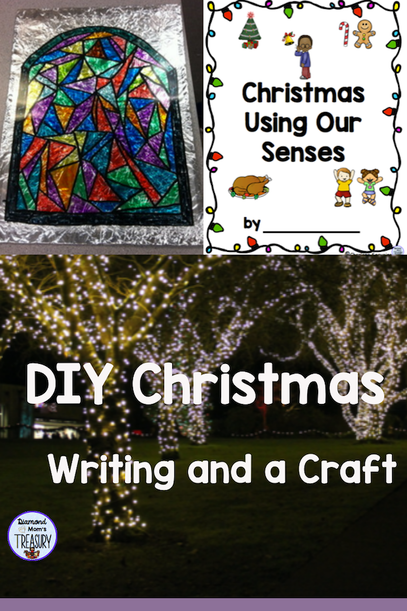
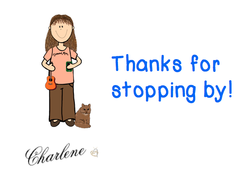
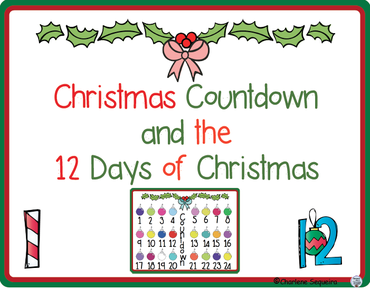
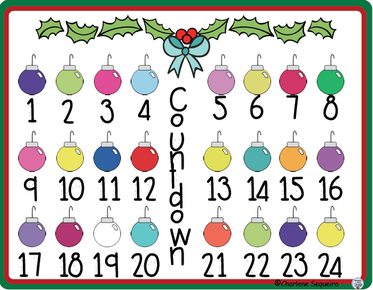
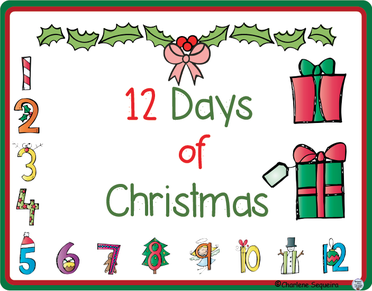
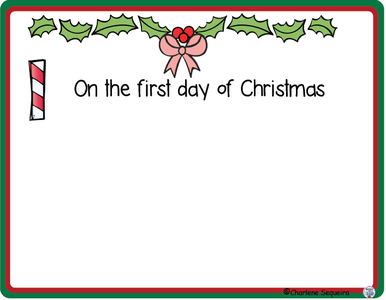
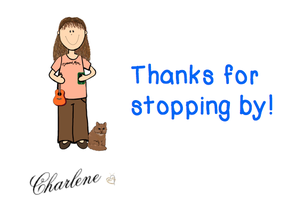
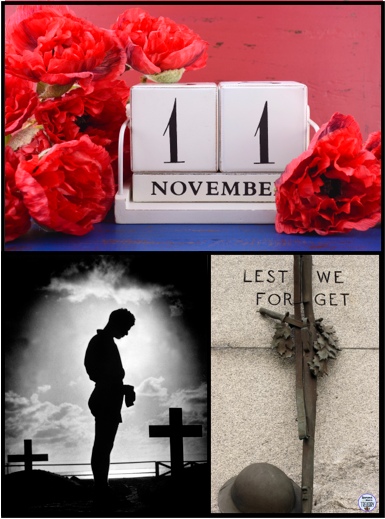
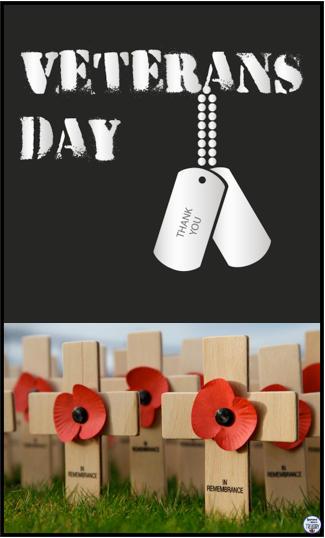
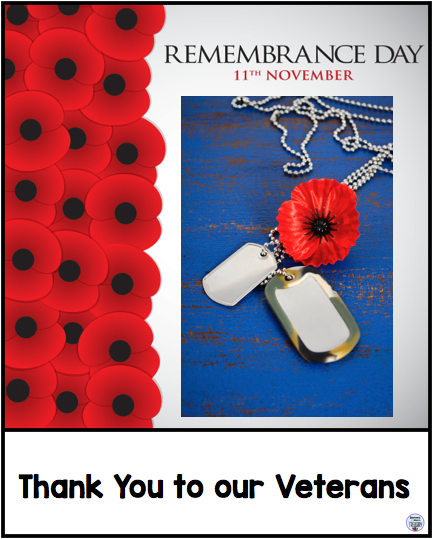
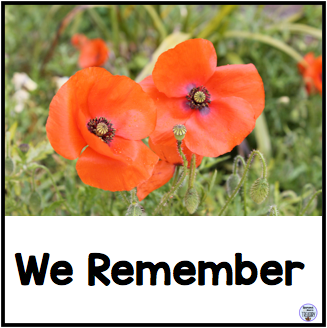
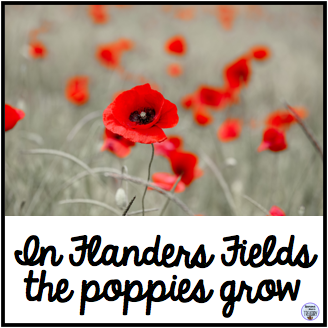
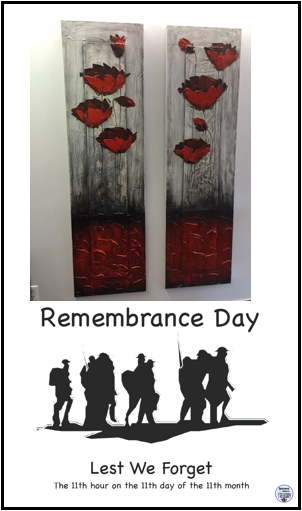
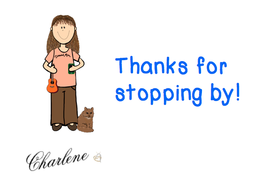
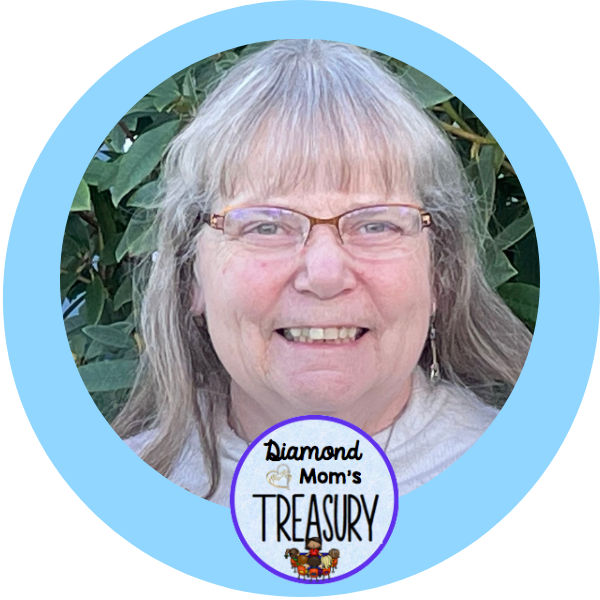


 RSS Feed
RSS Feed